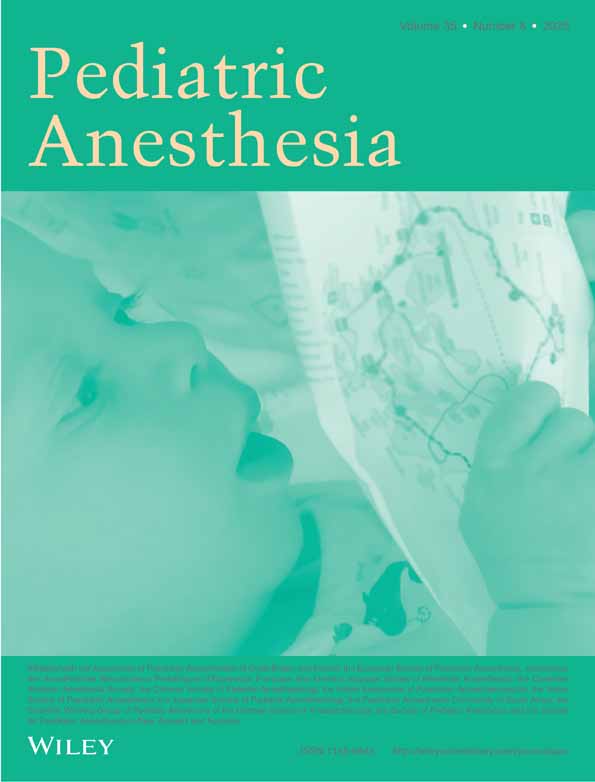The reliability of endtidal CO2 in spontaneously breathing children during anaesthesia with Laryngeal Mask AirwayTM, low flow, sevoflurane and caudal epidural
Abstract
Background: Noninvasive devices for monitoring endtidal CO2 (PECO2) are in common use in paediatric anaesthesia. Questions have been raised concerning the reliability of these devices in spontaneous breathing children during surgery. Our anaesthetic technique for elective infraumbilical surgery consists of spontaneous breathing through a Laryngeal Mask Airway (LMATM), low fresh gas flow, sevoflurane and a caudal epidural. We wanted to compare PECO2 and arterial CO2 (PaCO2) during surgery.
Methods: Twenty children, aged 1–6 years, scheduled for infraumbilical surgery, were studied and one arterial sample was taken 45 min after induction of anaesthesia. PECO2, inspiratory PCO2, oxygen saturation, heart rate, respiratory rate, mean arterial blood pressure and expiratory sevoflurane concentration were measured every 5 min. The respiratory and circulatory parameters were stable during surgery.
Results: The mean PaCO2 – PECO2 difference was 0.15 (0.16) kPa [1.1 (1.2 mmHg)].
Conclusions: PECO2 is a good indicator of PaCO2 in our anaesthetic setting.




